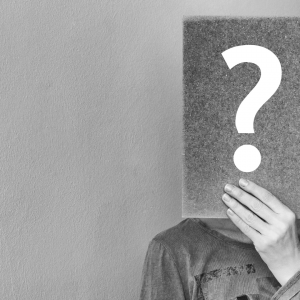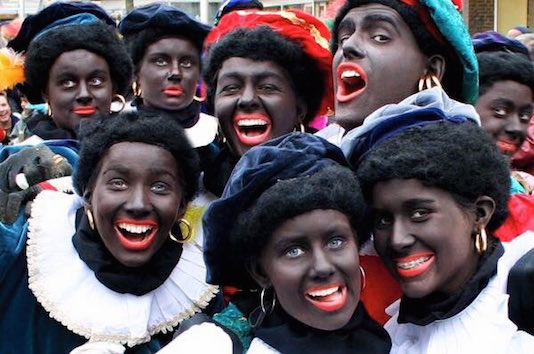
Many, many moons ago, when I first began writing as a hobby, the only way I knew how to get any validation was to submit my short stories to various competitions. This was well before social media, and I’d scroll through different sites on the internet to get a feel for different competitions, their submission guidelines, and whether the price of the entry ticket included some kind of review or assessment of the submitted piece. Now these were the best bang for my buck. Whether I won, whether I even got an honourable mention, was immaterial, because I was getting something invaluable—feedback. To a novice, this feedback was worth its weight in gold. After all, how else was I to know if I was any good?
Amongst the very many competitions that I submitted to, there was one spearheaded by a retired English professor who, for a small fee, would give a breakdown of what worked and didn’t work in a particular story. Over time, and multiple submissions, I came to regard him as something of a mentor. He was a fair but forthright judge and his comments/suggestions always served to improve my work. Perhaps he developed a certain fondness for me too, as one day, quite out of the blue, I received a friend request from him on Goodreads.
Back in the day, when social media was a nascent entity, a multi-headed hydra that no one knew much about, we signed up for nearly every account going. If you’d asked me to distinguish between LinkedIn and Twitter, or Facebook and MySpace, I wouldn’t have had a clue. Goodreads was another one of the ilk. To someone who loved books, wanted to write books (however deeply suppressed the desire might have been), finding myself amongst other book lovers in a virtual world was a dream come true. This was where my mentor (who shall remain unnamed) reached out to befriend me. I still remember my squeal of delight in a bar in Budapest. I was on a family holiday with my husband and daughters, and when that little red notification popped up next to the bell icon, I clicked on it to discover that Prof X wanted to be friends!
Looking back, perhaps he was new to the platform too and was befriending every Tom, Dick, Jane and Joan on it. I might have been one of the many “suggested” friends that he clicked on. At any rate, I took it as a good sign. The next year, I signed up for his email course designed to help new writers like me improve our craft. The course was good and to my eternal dismay, I consigned it to the memory of an old laptop that crashed, and I could never recover the contents. Long story short, this man was instrumental in getting me off my mark and on the writing track, however slow a runner I might have been. (I remember him saying something about reining in the metaphors… hmmm!)
Anyway, as the years went on, and I got more serious about my writing, I began submitting (and placing) in more prestigious competitions. In the interim, Prof X had wound down his competition/feedback site. So, imagine my surprise when one day I received an email from him. When I opened it, I found it was actually a missive from his daughter who said that her father had had cancer and had passed away a few weeks ago. She was informing all his contacts and emailing all his previous students.
I was shocked and saddened. Prof X hadn’t seemed that old, but that doesn’t mean a thing with cancer, which is a cruel and formidable foe. For many days after, I would think of the Prof and the many pointers he had given me all those years ago. I prayed for his soul to rest in peace and hoped he hadn’t suffered too much.
More years went by. Now I was a published author, and long and winding as the road might have been, the destination had always been books. My own books of short stories and women’s fiction. Books that were sold on Amazon and Apple, Nook and Kobo. I was nowhere near giving up the day job (which I still enjoy very much) but slowly I was building an alternate career, one that I hoped would take me through retirement and into my dotage.
I was still active on Goodreads, but more as an author than a reader. I knew now that it was bad form to slate another author’s books or try too hard to promote one’s own. I refrained from doing both, only occasionally commenting about a new release, or liking a favourable review. So, the next thing that happened shocked the living daylights out of me!
One day, as was my habit, I wandered into Goodreads and posted a brief comment about a forthcoming release. Moments later, I noticed someone had liked my status. I clicked on to find out who…
Prof X had liked my comment!
What???
I thought he’d long passed on.
Had I imagined it?
I tried looking for the email from his daughter, but that had disappeared alongside the course and possibly my sanity.
Was Prof X alive and kicking? And if so, why had his daughter lied? If not, who had taken over his Goodreads profile, and why?
Questions that circled in my mind like vultures. I nearly reached out to him, but then wondered how to introduce his demise in the interaction?
“Dear Sir,
Is it true that you died several years ago? If so, how are you performing this miraculous act of functioning on Goodreads from the Hereafter?”
Nope. I slunk back into my shell, terribly confused and forevermore bewildered by the turn of events.
I wish I could tell you I solved the mystery. I didn’t. I’ve had no further contact with the Prof, and one day I found he had disappeared from my friends list, never to be seen again.
But what I can tell you is this. Once a person has passed on, their social media handles need to be retired too. This instance was the first in what has now become the norm. I see my Instagram stories being viewed by the spouse of a friend who died not too long ago. I see clueless people wishing deceased friends on Facebook on their birthdays. I get jarring reminders of social media anniversaries with people who are well beyond the veil now.
Stop. Just stop.
Much as I would like eternal life for all my friends and family, social media is not the place to acquire that status. Can we all set something in place whereby once we are gone, our social handles disappear too? I’d like to do that for myself. I don’t want my grinning face popping up on anyone’s birthday reminders list after my demise. It’s not fair to them, and it’s not fair to my dead self, either.
Meanwhile, Prof X, if you are reading this, please could you just sort it out once and for all? Are you still amongst us? And if not, does the great beyond have its own social network? If it does, is it as hellish and confusing as the one here?
Oh, wait. Maybe Fire and Brimstone are just alternate names for…





